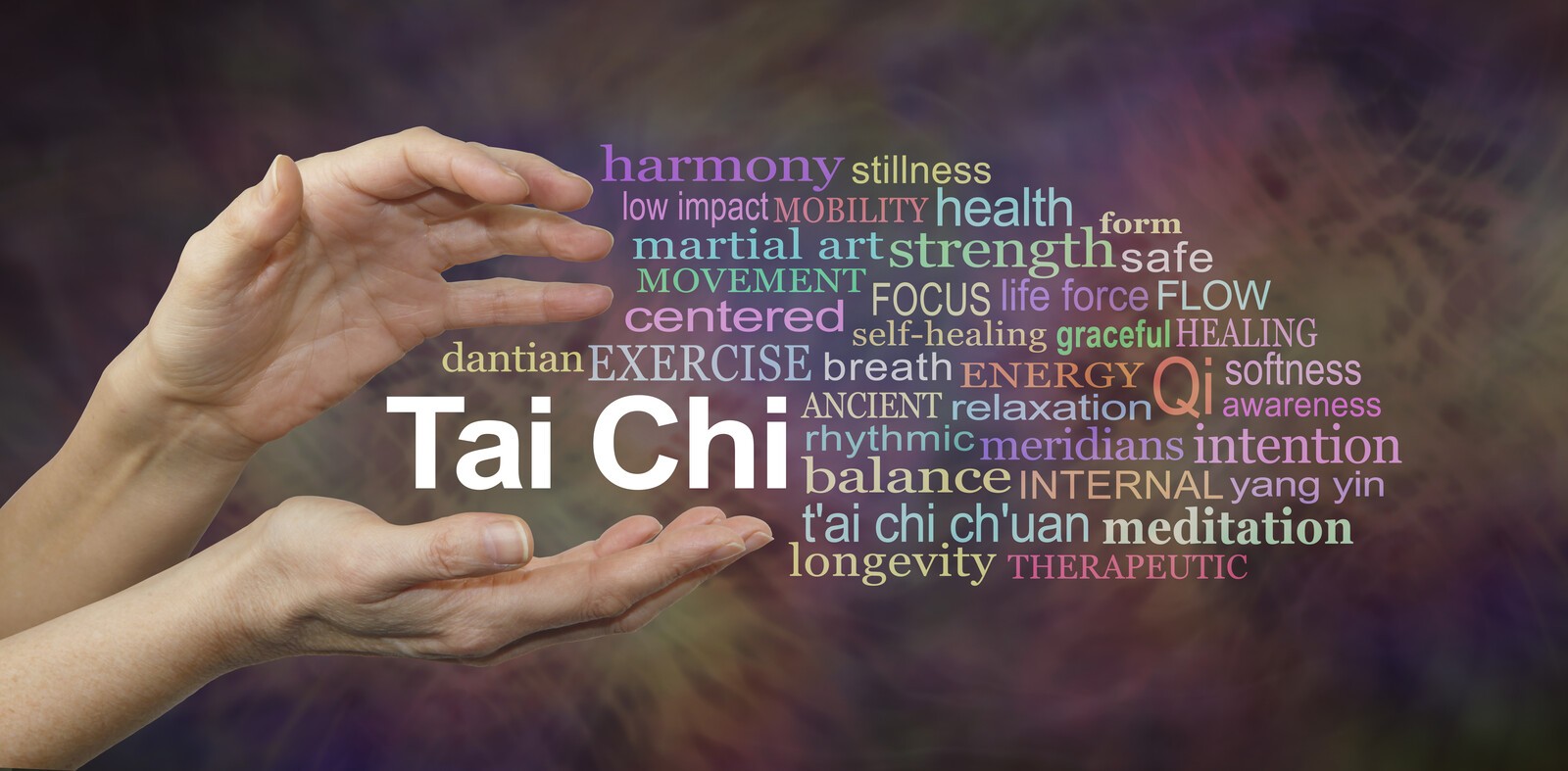
Life Energy Cultivation
Tai Chi and Qigong
All are invited. Drop-ins are welcome. Beginners are encouraged. The circle is open to everyone who wishes to find balance, cultivate joy and connect with their authentic selves. You will enhance your emotional healing, and develop a deeper spiritual connection.
Join us as we participate in a variety of activities, classes and events designed to increase self-awareness, self-acceptance, self-empowerment and self-love.
We explore, practice and teach the dynamic movements of Qigong and Tai Chi as well as the health benefits of Internal Energy Arts, Medical Qigong, and Reiki.
Qigong, qi gong, chi kung, or chi gung (Wade–Giles: chi gong; literally: "Life Energy Cultivation") is defined as a holistic system of coordinated body posture and movement, breathing, and meditation used in the belief that it promotes health, spirituality, and martial arts training. With roots in Chinese medicine, philosophy, and martial arts, qigong is traditionally viewed as a practice to cultivate and balance qi (chi), translated as "life energy".
According to Taoist, Buddhist, and Confucian philosophy, qigong allows access to higher realms of awareness, awakens one's "true nature", and helps develop human potential. Qigong practice typically involves moving meditation, coordinating slow flowing movement, deep rhythmic breathing, and calm meditative state of mind. Qigong is now practiced throughout China and worldwide for recreation, exercise and relaxation, preventive medicine and self-healing, alternative medicine, meditation and self-cultivation, and training for martial arts.
Tai Chi (taiji), short for T'ai Chi Ch'üan, or Taijiquan, is an internal Chinese martial art practiced for both its defense training and its health benefits. The term taiji refers to a philosophy of the forces of yin and yang, related to the moves. Though originally conceived as a martial art, it is also typically practiced for a variety of other personal reasons: competitive wrestling in the format of pushing hands (tui shou), demonstration competitions and achieving greater longevity. As a result, a multitude of training forms exist, both traditional and modern, which correspond to those aims with differing emphasis. Some training forms of tàijíquán are especially known for being practiced with relatively slow movements. Today, Tai Chi has spread worldwide. Most modern styles of tai chi trace their development to at least one of the five traditional schools: Chen, Yang, Wu (Hao), Wu and Sun. All of the former, in turn, trace their historical origins to Chen Village.
Join us as we participate in a variety of activities, classes and events designed to increase self-awareness, self-acceptance, self-empowerment and self-love.
We explore, practice and teach the dynamic movements of Qigong and Tai Chi as well as the health benefits of Internal Energy Arts, Medical Qigong, and Reiki.
Qigong, qi gong, chi kung, or chi gung (Wade–Giles: chi gong; literally: "Life Energy Cultivation") is defined as a holistic system of coordinated body posture and movement, breathing, and meditation used in the belief that it promotes health, spirituality, and martial arts training. With roots in Chinese medicine, philosophy, and martial arts, qigong is traditionally viewed as a practice to cultivate and balance qi (chi), translated as "life energy".
According to Taoist, Buddhist, and Confucian philosophy, qigong allows access to higher realms of awareness, awakens one's "true nature", and helps develop human potential. Qigong practice typically involves moving meditation, coordinating slow flowing movement, deep rhythmic breathing, and calm meditative state of mind. Qigong is now practiced throughout China and worldwide for recreation, exercise and relaxation, preventive medicine and self-healing, alternative medicine, meditation and self-cultivation, and training for martial arts.
Tai Chi (taiji), short for T'ai Chi Ch'üan, or Taijiquan, is an internal Chinese martial art practiced for both its defense training and its health benefits. The term taiji refers to a philosophy of the forces of yin and yang, related to the moves. Though originally conceived as a martial art, it is also typically practiced for a variety of other personal reasons: competitive wrestling in the format of pushing hands (tui shou), demonstration competitions and achieving greater longevity. As a result, a multitude of training forms exist, both traditional and modern, which correspond to those aims with differing emphasis. Some training forms of tàijíquán are especially known for being practiced with relatively slow movements. Today, Tai Chi has spread worldwide. Most modern styles of tai chi trace their development to at least one of the five traditional schools: Chen, Yang, Wu (Hao), Wu and Sun. All of the former, in turn, trace their historical origins to Chen Village.
Qigong-Tai
Chi Programs
- Beginners EZ Qigong-Tai Chi
- Tai Chi Cross Training for Pilates
- Yang Family Style Taijiquan, Intermediate program with Martial Applications:
- Fu Zhong Wen 24 Form
- Cheng Man-Ch’ing 37 Form
- Jou, Tsing Hwa 108 Form
- Yang Sword 16 & 32 Forms
- Tui Shou-Push Hands,
- and Four Corners Dalu.
Certifications
- Qigong Therapist
- Qigong Healer Instructor
- Sun Style Tai Chi for Arthritis Instructor
- Usui Reiki Master-Teacher
- Sun Style Tai Chi for Diabetes Instructor
- Karuna Reiki Master-Teacher
Additional Qigong Training
- Kenneth S. Cohen Qigong Research & Practice Center
- Roger Jahnke, O.M.D Integral Institute Of Tai Chi & Qigong
© 2018 by Skylands Energy Arts. All rights reserved.
